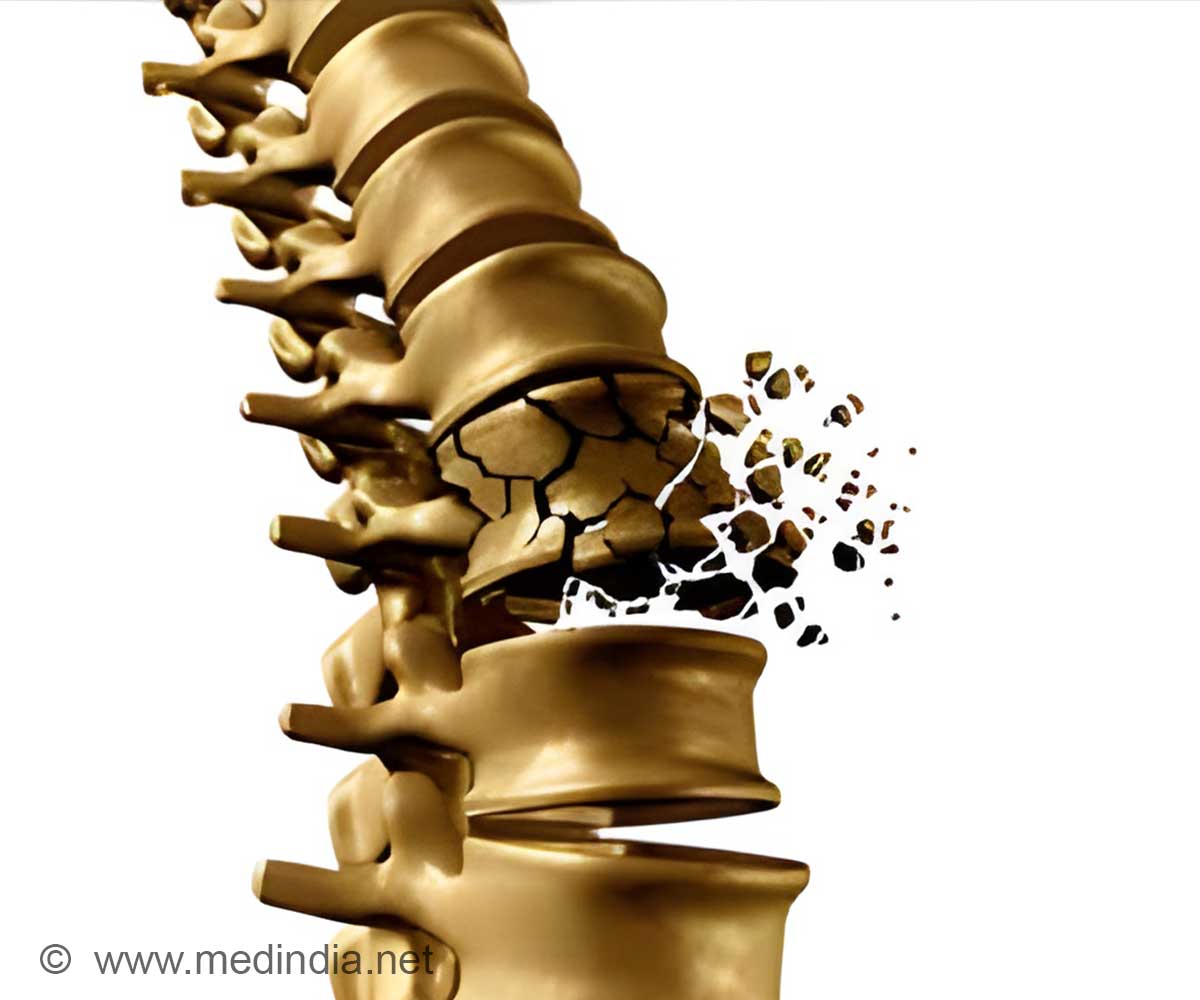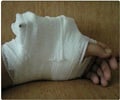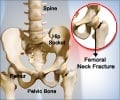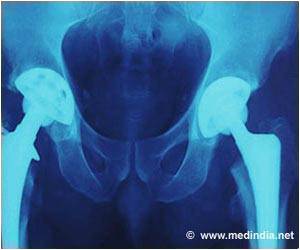Older people with broken bones may have a higher risk of death for up to 10 years.

‘Older people with broken bones may have a higher mortality risk for up to 10 years. Hip fractures are known to increase the death risk among older people.’





Non-hip fractures contribute to more than two-thirds of all fragility fractures and can include fractures of the femur, pelvis, clavicle or lower leg."A fracture is the starting point for much wider health issues that persist long after the fracture has healed and can ultimately result in earlier death," said Jacqueline Center, M.B.B.S., Ph.D., of the Garvan Institute of Medical Research in Sydney, Australia.
"We tracked the increased risk of death for fractures in different bones and found that they vary. The heightened risk can last for over a decade after a hip fracture, and for most other fractures (apart from distal or minor fractures), the increased risk is for about five years."
This nationwide, registry-based follow-up study included all individuals in Denmark over the age of 50 who first experienced fragility fractures in 2001 and were followed up to 10 years for their mortality risk.
In the year after breaking a hip, men faced a 33 percent higher risk of death and women had a 20 percent higher risk. For femur or pelvic fractures, the one-year excess mortality was between 20 percent and 25 percent. A significant risk of death was still observed 10 years after a person broke a hip, and approximately five years following non-hip fractures.
Advertisement
Source-Eurekalert












